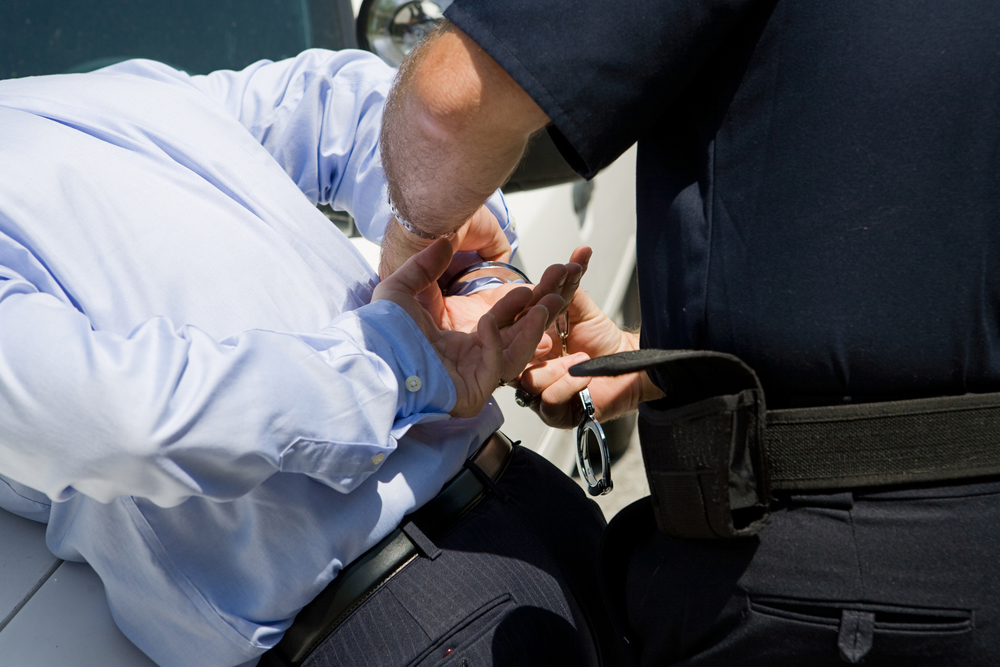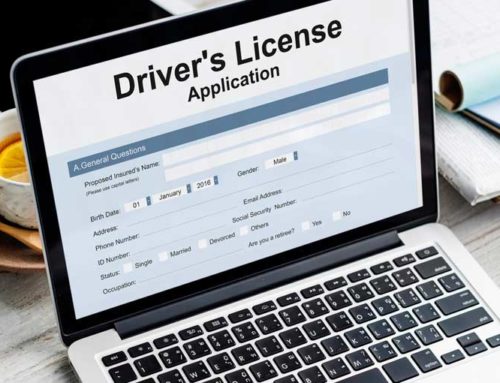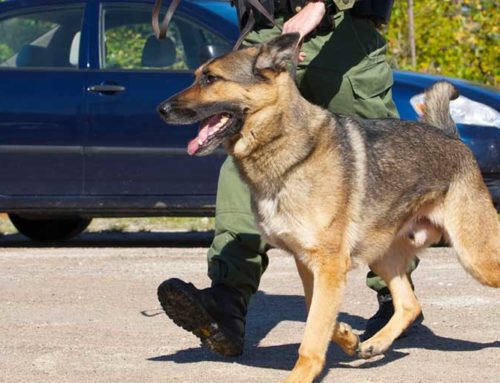SC Court of Appeals further complicates what portions of DUI Field Sobriety Tests must be captured in the DUI videotape to comport with DUI Statutes
In several previous DUI posts, here and here , I wrote about the case of State v. Gordon in which the South Carolina Supreme Court held that in order to satisfy the requirements of S.C. Code Section 56-5-2953 (DUI videotape statute) the video recording of the horizontal gaze nystagmus (HGN) field sobriety test must include recordings of the motorist’s head. The Court offered no further clarification about what, if any, part of the head must be recorded; although, the facts in Gordon provide some insight. In Gordon, the court specifically noted that the DUI statute was satisfied because the following could be seen or heard on the video: the officer’s administration of the HGN test, depictions of Gordon’s face, the officer’s flashlight and arm, and the officer’s instructions. The Court noted that during the HGN test, the officer had Gordon stand in the light of his patrol car’s headlights and further illuminated Gordon by shining a flashlight directly on his face.
Last month, the South Carolina Court of Appeals seems to have taken the Gordon ruling one step further. In State v. Walters, the officer did the exact opposite of the officer in Gordon by having the motorist turn away from the patrol car during the HGN test, purportedly, “to prevent the flashing lights from causing a false positive on the HGN test.” Although the Court of Appeals never explicitly states it, based on the Court’s recitation of the facts, it appears that no part of Walters face could be seen during the HGN test, only the back of his head. In finding that the recording was sufficient to satisfy the statute, the Court relies upon the presence of the following: Walter’s head (no mention of the face) is visible, the trooper’s arm is visible as he administers the test (although it notes that his finger disappears as his hand moves in front of Walter’s face), and the trooper’s instructions are audible.
Even the Court notes that the HGN test focuses on eye movement, so it makes little sense that the back of the head alone would be sufficient to satisfy the statute. Further, it makes little sense that a large portion of the actual administration of the test cannot be seen, as presumably, the officer’s finger passes in front of the motorist’s face a number of times, each time disappearing from sight. While the Court notes that the limitations of the dashboard camera make it impossible to record all angles of the test, it is not unreasonable to think they are capable of recording more than the facts here. If you have questions about your DUI videotape or your DUI defense, contact an experienced York County DUI Attorney at 803-415-2733.
Contact York County DUI Attorney Craig Pisarik to review your DUI videotapes and discuss your DUI defense.
The ruling in State v. Walters further complicates and erodes the protections of the DUI videotape statute and makes it even more important to have an experienced DUI attorney. If you have been arrested for DUI or DUAC, contact an experienced York County DUI attorney, trained in DUI Detection and Field Sobriety Testing from the National Highway Traffic Safety Administration (NHTSA) at Pisarik Law Firm to discuss your DUI videotapes. Initial consultations to discuss your DUI defense with a York County DUI attorney are free of charge. 803-415-2733.






